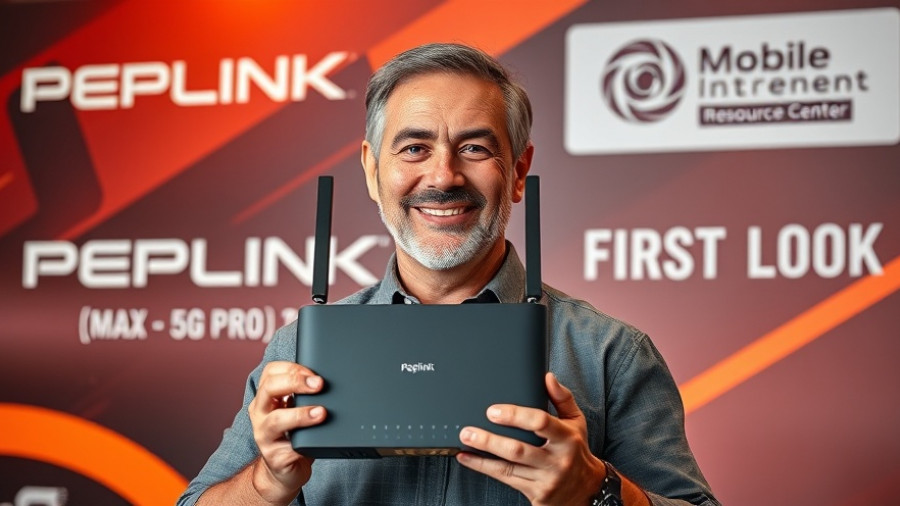
T-Mobile's Satellite Service: A Game Changer for Connectivity
T-Mobile's satellite service, powered by Starlink, officially launched on July 23rd, marking a significant leap in cellular service that promises to eliminate dead zones for many. The combination of T-Mobile's robust infrastructure and Starlink's satellite technology aims to provide mobile connectivity in places where traditional cellular services falter.
In T-Satellite Officially Launched - The End of Cellular Deadzones!, the discussion dives into a breakthrough in mobile connectivity, exploring key insights that sparked deeper analysis on our end.
A New Era for Communication
With T-Mobile's satellite service, users can enjoy basic cellular functionality even in the most remote locations. Users on T-Mobile's Premier plans can access this service for free, while others can opt-in for just $10 a month, eventually rising to $15. This is particularly appealing for RVers and outdoor enthusiasts who often find themselves far from traditional cellular networks.
How It Works: Demystifying Satellite Communication
It's essential to understand that this service doesn’t deliver high-speed internet like traditional Starlink broadband; instead, it provides basic cellular capabilities. It’s made possible by specially equipped Starlink satellites that broadcast a subset of cellular signals, allowing users to send text messages even when miles away from cell towers. Current functionality is limited to text messaging, including the ability to contact emergency services. While there are plans to expand features to include picture messaging and basic data services, voice calls and streaming remain beyond the scope—at least for now.
Texting from Anywhere: Lifesaver in Emergencies
Being able to send a text message, especially in emergency situations, is a game-changer. Whether you're hiking in the wilderness or traveling the backroads in an RV, knowing you can alert someone if things go awry is invaluable. The service’s ability to tap into T-Mobile's emergency response systems allows users to send texts to 911, which could potentially save lives.
Partnerships and Future Prospects
T-Mobile's partnership with Starlink paves the way for future satellite services that can operate internationally. As global coverage expands, users will likely enjoy seamless connectivity for basic messaging around the world, provided local carriers collaborate with Starlink to use its infrastructure. This could drastically enhance the RV lifestyle, allowing travelers to maintain connection without relying on standard cellular coverage.
Competitive Landscape: What Others Are Doing
While T-Mobile leads the charge in satellite messaging for phones, other carriers, such as Verizon and AT&T, are exploring their paths through different satellite technology. However, these alternatives seem to lag in terms of service availability and reliability compared to T-Mobile’s offering. This move could place T-Mobile in a favorable position for RVers and adventurers looking for consistent communication options.
The Future of Satellite Messaging
As T-Mobile continues to innovate and improve its satellite messaging service, it's essential for users to stay informed about new rollouts and features. The potential to incorporate more apps and functionalities could completely change how individuals use their mobile devices when outside cellular coverage areas. With future updates expected as early as October, travelers should be excited about ongoing enhancements.
Concluding Thoughts: Why RVers Should Care
T-Mobile's satellite service offers a promising solution for those who value connectivity while traveling in remote locations. For the RV community, this service might soon render traditional satellite messengers obsolete, maximizing the benefits of having a mobile phone at hand. With relatively low costs and the possibility of expanding functionalities, it’s worth considering for anyone needing consistent connectivity on the road.
This is a very good resource for mobile internet solutions! Watch more videos at @MobileInternetResourceCenter.
 Add Row
Add Row  Add
Add 




Write A Comment